
A note about Environmental Justice
Pretty blue skies, fluffy white clouds, majestic mountains breaking through the clouds, birds chirping in the morning fog, the wind blowing your hair gently as you breathe in the fresh, clean air, looking out at the rising sun with its golden rays illuminating the landscape. This is the Earth you and I are used to, and at times, we, as human beings, take it for granted. Yet, we seldom think about the realities and consequences behind our lifestyles, and we seem to think that this planet with all its vast resources will be around forever. Recent studies have projected that this is not going to be the case; in 2019, the UN urged that we only had “11 years left to prevent irreversible damage,” at a general assembly meeting on climate and sustainable development.
I have now been researching and learning about the current climate crisis we live in for at least a couple of years, and I feel that environmental racism and the right to environmental justice are topics more people should be aware of. The uniqueness of this planet and all of its species should be preserved and protected for our future generations. For all the human rights issues we are trying to tackle both domestically and globally, without a clean planet and a sustainable future to live in, things are only going to get drastically worse. Issues that we deal with today like conflicts over borders and resources will be amplified due to the climate crisis. The environment impacts every part of our lives, no matter where we live, and if we don’t act now, the future of humanity is at risk.
About a month ago, UAB hosted a panel discussion with fashionista, author, and activist Aja Barber, where she talked about how fast fashion and our consumer culture have impacted our environment and how the fashion industry exploits the most vulnerable people around the world. She recently wrote a book deliberating the intersectionality between the concepts of fast fashion, climate change, and colonialism, and after having a profoundly insightful discussion with her, I decided that I should do more to bring attention to the many ways our planet is being exploited by industries of all kinds.
So, in an attempt to bring more attention to the ongoing environmental crisis, I will be writing a series on topics related to environmental justice for the next few blogs, where I will be focusing on practices of environmental racism and the fight for environmental justice throughout the world. While this blog, focusing on fast fashion and climate change, will be the first in the series, I will also be writing about other industries (such as the oil industry and Big Tech), that have exploited both the planet’s resources and its people.
Fashion Through the Ages
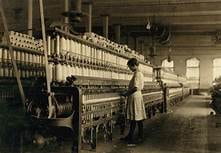
Before we dig deep into the realities of fast fashion today, we must understand the historical context behind fashion as a whole. Prior to the Industrial Revolution, clothes were produced by hand, and with painstaking details that showcased the skillsets of the talented local seamstresses. These clothes were produced inside the home by the women (or the female servants) and in some cases, at small local workshops. Many of the rich fabrics like silk and satin were very expensive, and as a result, these fabrics could only be afforded by wealthy families. The access to fashion that we see today is largely indebted to the Industrial Revolution, which brought about new inventions that mechanized the process of making garments, which led to the rise in industries of fashion, like the textile industry. Although clothing manufacturing became easier and cheaper for mass consumption, the modern consumer culture was not introduced until the 1920s, when the American economy shifted to produce goods based on the demands of the market and it wasn’t until the 1960s, when the American middle-class was growing and demands for affordable goods increased, that the trends of fast fashion developed into the behemoth we know today. At this time, Americans were fighting for better working conditions, better wages, and to end child labor, and the exploitive nature of the massive industries was exposed by muckrakers and other activists. Corporations and industries, including the textile industry, were competing with a growing demand for cheap goods and wanted to continue to make their profits while refusing to compromise on their labor practices. So instead, they began the process of moving their manufacturing industries overseas, to nations in the Global South, to continue to sell their products at a low price while exploiting their workers abroad. Many of these textile factories exist in places like India, Bangladesh, China, and nations in Africa. As recently as 2020, in the wake of the COVID-19 pandemic, Ethiopia is being sought as the new frontier for textile manufacturing. As the fashion industry encourages more fluctuations in the trends and styles of today, we as consumers continue to indirectly help perpetuate the industry’s exploitative behaviors with our purchasing habits. Before we examine the colossal impacts of fast fashion on the environment, we must take a closer look at some of the working conditions in these textile factories. Understanding the process of handling these fabrics and chemicals can help us comprehend the consequences to the workers’ health and the environmental consequences as a whole.
Textile Industries and Human Rights Violations Abroad
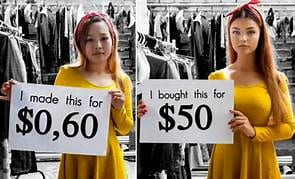
The industries of America that moved their businesses to other “developing” nations did so with clear intentions. While America had established labor laws that regulated worker safety in these factories and had passed a federal minimum wage, corporations decided to set up shop in countries that were struggling economically and had no real power to speak out against their practices. Textile companies, like other corporations, are forever looking for cheap labor, in order to sell their products for cheaper, competitive prices, and as a result, take advantage of the most vulnerable populations of the world. Knowing that they will work any job, no matter how taxing, no matter how dangerous it is, corporations that have factories in other nations will impose their expectations on the people, and if they get any opposition or are presented with unwanted regulations by the host nation, they just close up shop and move to another equally vulnerable country. This gives the corporations an immense amount of power over their workers, and as a result, puts the employees at the mercy of their employers.
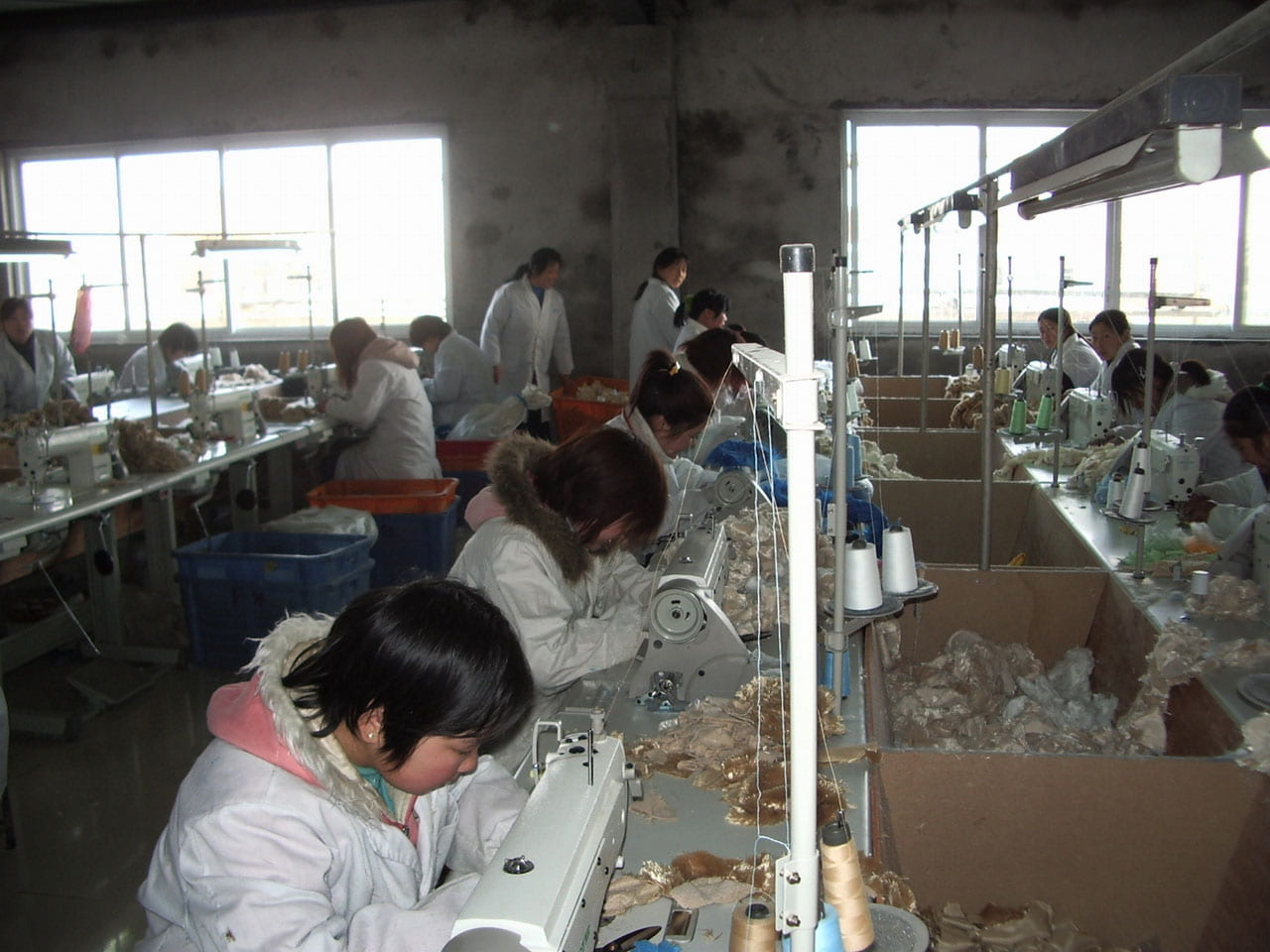
The garment workers working in these textile industries are forced to work long hours (14-16 hours a day), in a toxic environment (both physically and psychologically), and get paid wages that are so low, that it is impossible to survive with these incomes. They seldom get any days off, and if the workers miss a day, they are easily replaced with another desperate worker in places with high unemployment rates. Garment workers also have to breathe in toxic chemicals they use to treat and dye the clothing, with poorly built buildings with little to no ventilation. Additionally, they are under the constant anxiety of being injured, either on the equipment or from accidental fires. Furthermore, the employees are seldom given timed lunch breaks, and many are forced to work without water or bathroom breaks. Even heartbreaking is the fact that in many of these host countries, child labor has not been outlawed. Many children end up working in these textile manufacturing factories, especially young girls. Unions are either unheard of or inaccessible to these workers, who are either threatened with their jobs or even face violence at the hands of their employers. Such working conditions not only lead to immense physical and psychological stress but can also cause a variety of health concerns, including respiratory issues and musculoskeletal disorders. These working conditions violate some of the most basic rights of the workers, as industries continue to exploit their employees for their own profit. However, their actions impact more than just their employees; they also contribute to the ongoing climate crisis.
Environmental Consequences
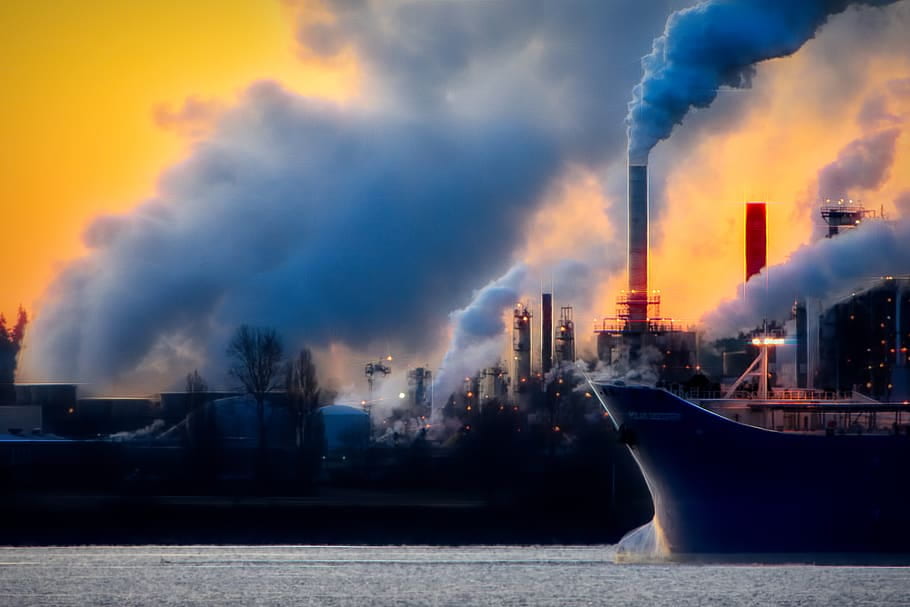
As abysmal as the working conditions at many of these textile factories can be, they have equally atrocious environmental practices as well. The textile industry uses immense amounts of water in the process of producing clothing. This accounts for the growing process of cotton and other fabrics, as well as the water required in the actual production of the clothing. One person can basically have enough water to drink for over two years for the amount of water that goes into making one t-shirt. Many fabrics have microfibers in them, and over the years, washing these clothes can deliver microplastics into the oceans. Additionally, the toxic chemicals used to treat and dye the clothing is carelessly disposed of into rivers and streams, many of which are used by locals as drinking and cooking water, further adding to the health risks to the locals. This also has economic impacts, as locals are unable to use the polluted water for agricultural purposes, and the fishing industry is also severely impacted. People are also unable to use the polluted waters for recreational use, as swimming in polluted water can cause skin irritation and illness. Furthermore, the clothing industry is responsible for emitting 10% of the global carbon emissions each year.
Regretfully, these gross exploitations of humans and resources alike are even more wasteful than many are aware of. Devastatingly, around 85% of garments produced end up in landfills or destroyed. Many of these items are products that were never sold. Even more heartbreaking, the fabrics used to make over half of these clothes are nonrecyclable and end up adding to our growing plastic waste. Recently, when preparing for my interview with Aja Barber, I was made aware of the massive piles of clothes laid out in the Atacama Desert in Chile, where clothing both old and new, litter the landscape.
What Can Be Done About This?
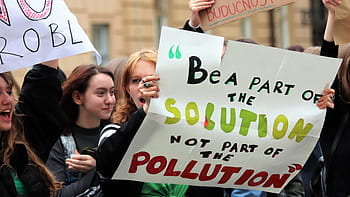
On an international level, there needs to be an additional convention at the United Nations that is created to oversee the working conditions as well as the environmental impacts of multinational companies and industries that have businesses in more than one nation. This convention should be in charge of regulation and an avenue for workers to report any violations and seek help while working for these multi-national companies. It should also protect the environmental rights of the impacted locals. Unfortunately, this is out of reach for ordinary citizens, as this solution requires coordination and cooperation from multiple players on the global stage. On a more national level, we can pressure our politicians and government officials to denounce these exploitative practices and regulate overseas businesses through permits and contracts. We can also educate our peers and community members about the impact that their fashion choices are having on both the people who make their clothes as well as the environment as a whole.
There are also a few things that we as consumers have the power to do on a personal level. We can shop for functionality and use rather than shopping for each occasion. One simple rule you can use is the Thirty Wears Challenge. Ask yourself, “am I going to wear this piece of clothing at least thirty times?” If the answer is yes, buy it; if it’s no, put it back on the rack. Another thing you can do is go shopping at thrift stores and yard sales. These are clothes that you are recycling, from one person’s closet to yours, instead of buying new clothes every time you shop. If enough people do this, you can also participate in boycotting fast fashion trends, and instead incentivize the fashion industry to produce clothing that lasts, instead of making clothing that is cheap and easily damaged. Another thing you can do at home is if you have any clothes that are torn a little, but if sown back together, can be work, you should try to learn to make simple stitches. Learning to mend your own clothes can prevent you from having to purchase more clothes, saving you money, and you might even end up doing it as a hobby! Finally, you can purchase clothing from local designers instead of supporting massive fast-fashion corporations. Incorporating some of these sustainable practices into your shopping routines can influence the fashion industry to incorporate more ethical labor and environmental practices.
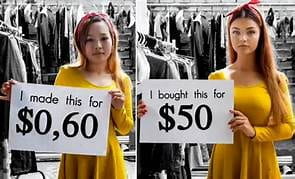

Published by